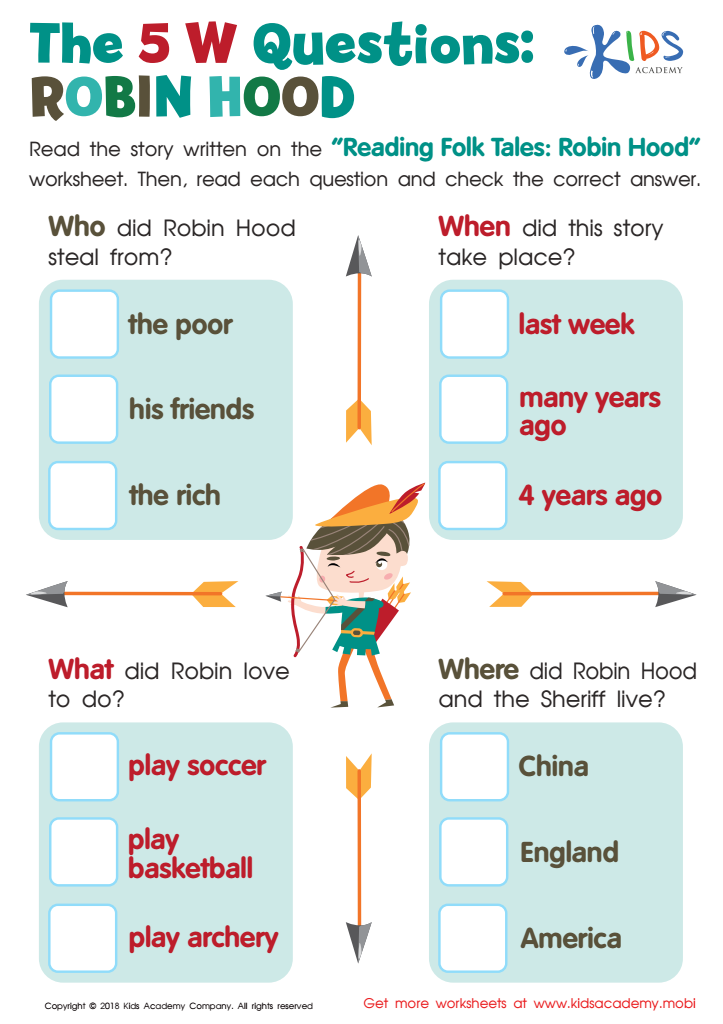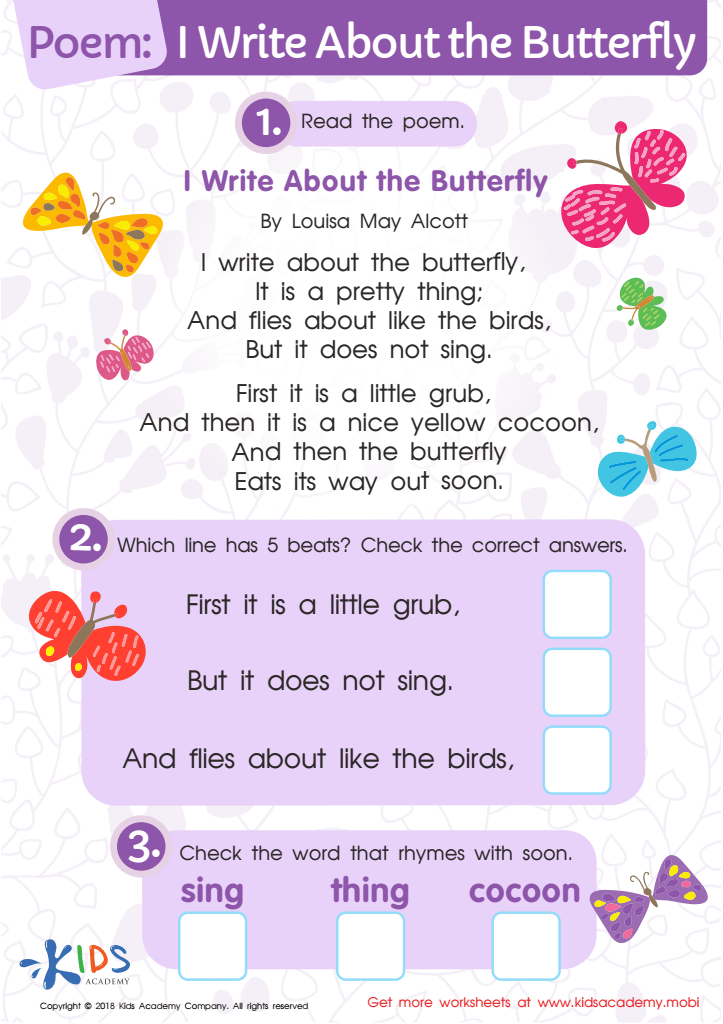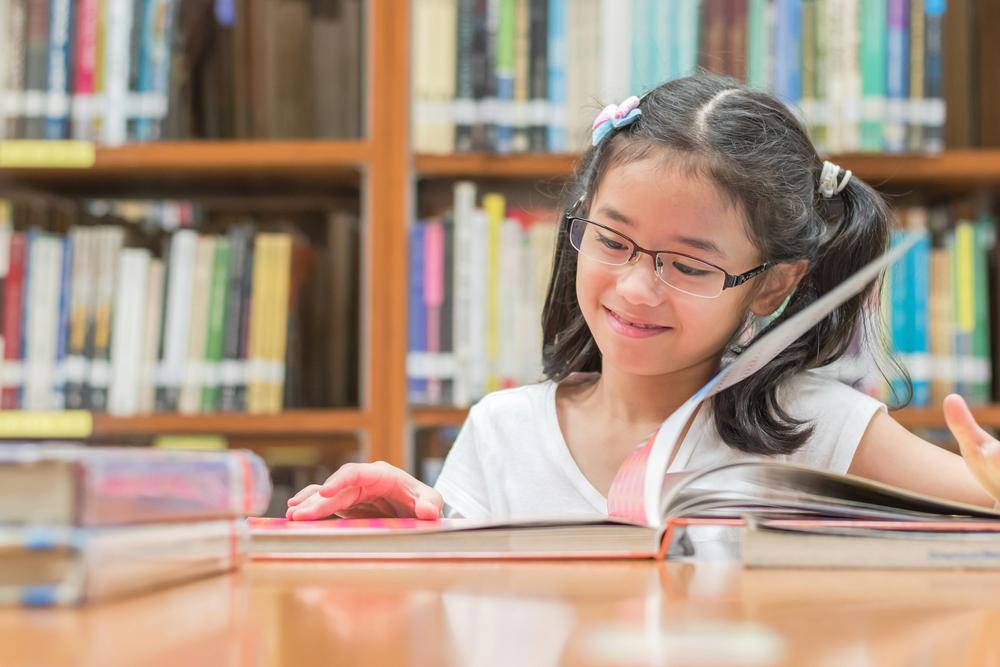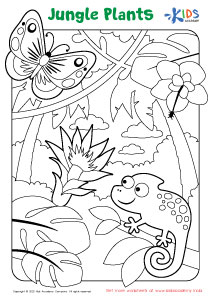RL.3.4 Craft and Structure worksheets With Answers for Grade 3
6 filtered results
-
From - To
Explore our engaging RL.3.4 Craft and Structure worksheets, designed specifically for Grade 3 students! These worksheets help young learners understand the various structural elements of literature, such as point of view, character perspectives, and author’s choices. Each worksheet is accompanied by clear answer keys, ensuring that educators and parents can easily assist children in mastering these important skills. Perfect for classroom use or homeschooling, our resources promote critical thinking and foster a love for reading. Access a variety of printable worksheets that make learning both fun and effective, setting the foundation for advanced literacy skills!


Robin Hood Folktale Worksheet


Tommys Test Worksheet


Poem: The Swing Worksheet


Poem: What Is Pink? Worksheet


The 5 W Questions: Robin Hood Worksheet


Poem: I Write About The Butterfly Worksheet
RL.3.4 pertains to the ability of third-grade students to determine the meaning of words and phrases as they are used in a text, including literary elements such as similes, metaphors, and idioms. Parents and teachers should care about this standard because it lays the foundation for reading comprehension and critical thinking skills essential for future academic success.
Understanding craft and structure helps students analyze how authors convey emotions, themes, and messages through their writing. When children grasp these concepts, they become more engaged readers, capable of interpreting texts on a deeper level. This fosters a love for reading, enhancing their vocabulary and promoting effective communication.
Moreover, by focusing on RL.3.4, educators and parents can support children's ability to navigate complex texts they will encounter in higher grades. This skill sets the stage for improved performance in standardized testing and in-class assessments, which often include interpretative and analytical questions about texts.
Ultimately, emphasizing this standard reinforces the importance of literacy in a child's overall education, ensuring they are well-equipped for academic challenges and real-world interactions. Investing time in developing these skills will pay dividends throughout their educational journey and beyond.
 Assign to My Students
Assign to My Students















